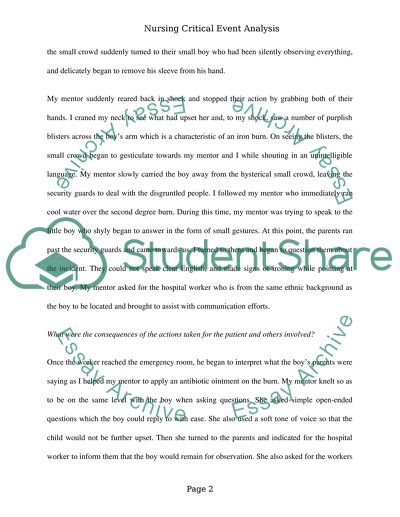Cite this document
(“Critical event analysis Essay Example | Topics and Well Written Essays - 2000 words - 1”, n.d.)
Retrieved from https://studentshare.org/nursing/1484351-critical-event-analysis
Retrieved from https://studentshare.org/nursing/1484351-critical-event-analysis
(Critical Event Analysis Essay Example | Topics and Well Written Essays - 2000 Words - 1)
https://studentshare.org/nursing/1484351-critical-event-analysis.
https://studentshare.org/nursing/1484351-critical-event-analysis.
“Critical Event Analysis Essay Example | Topics and Well Written Essays - 2000 Words - 1”, n.d. https://studentshare.org/nursing/1484351-critical-event-analysis.


